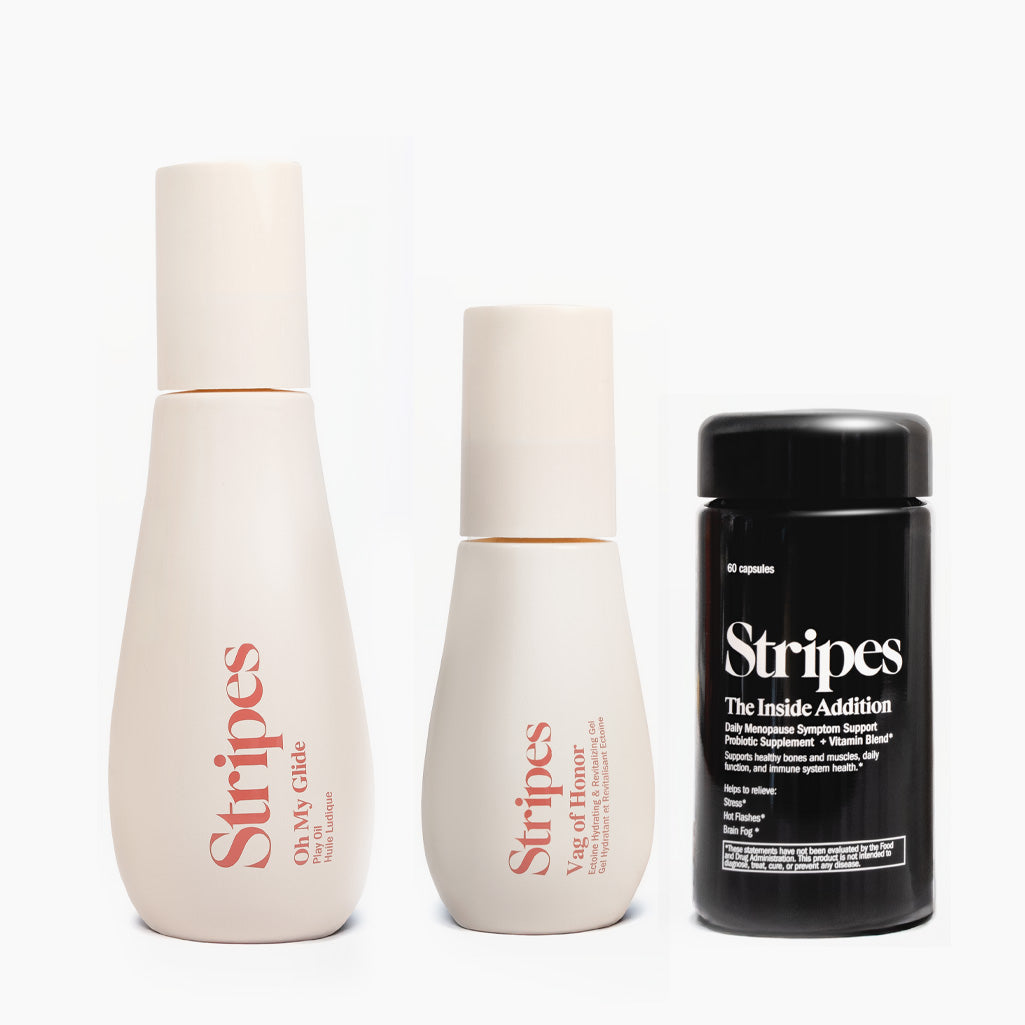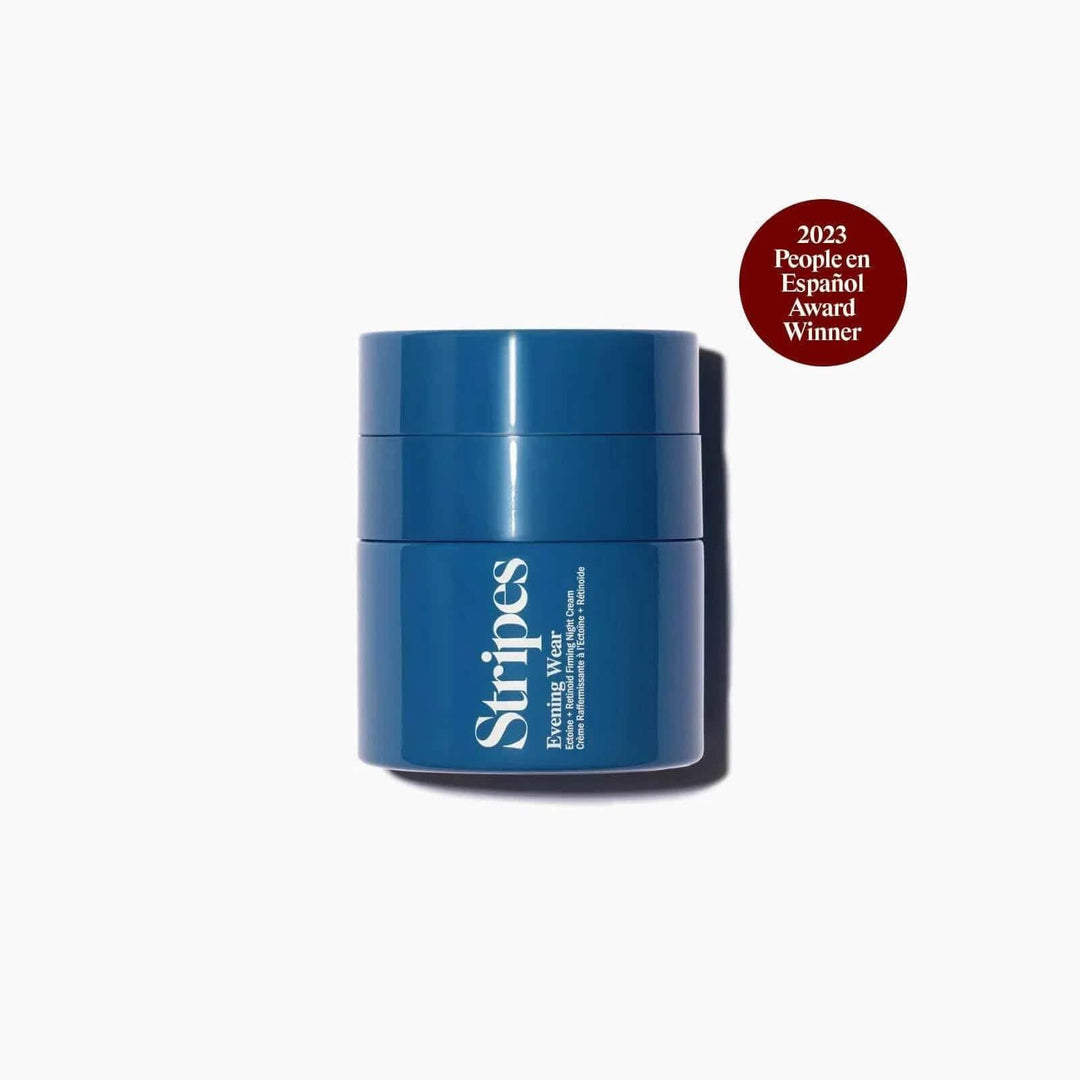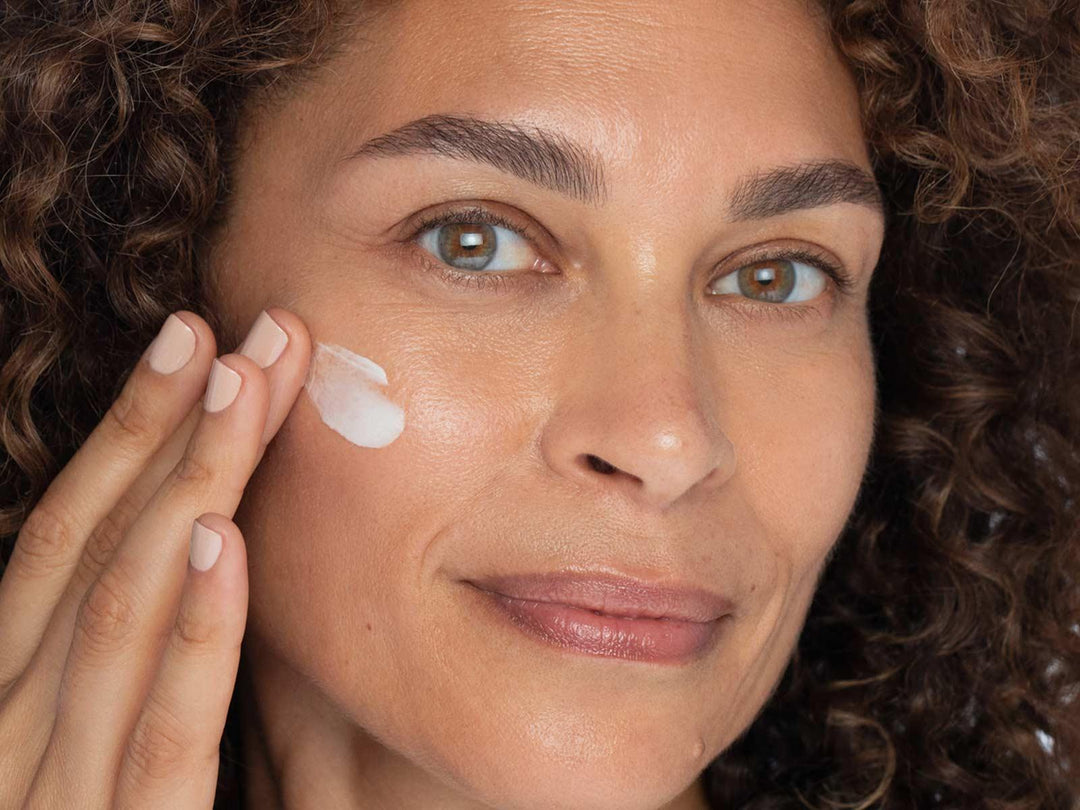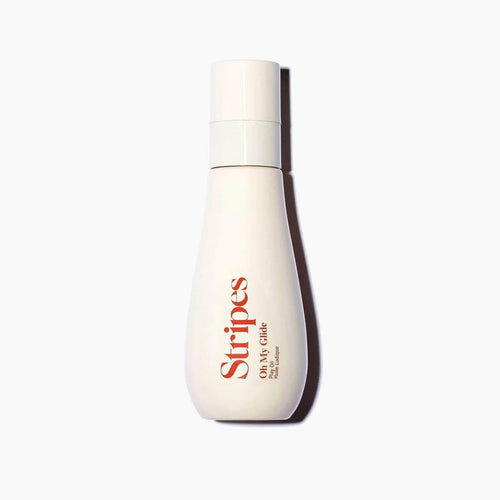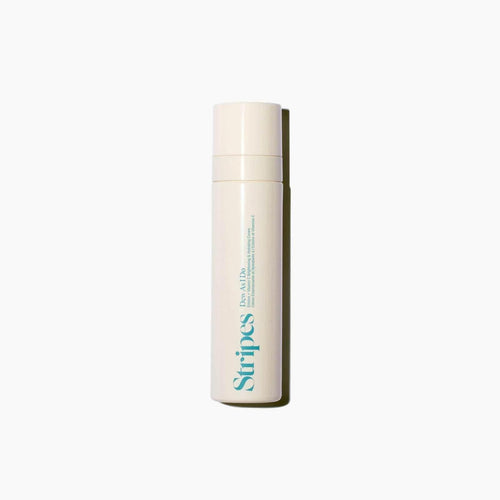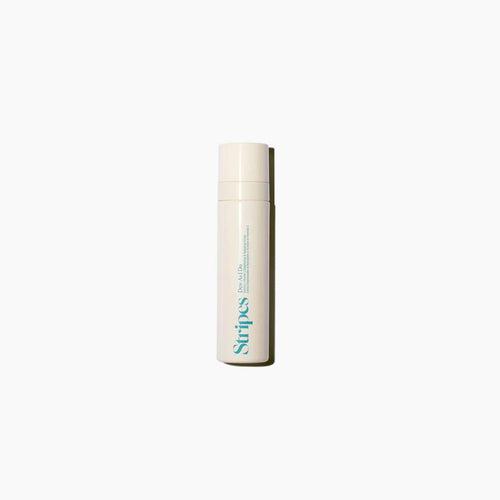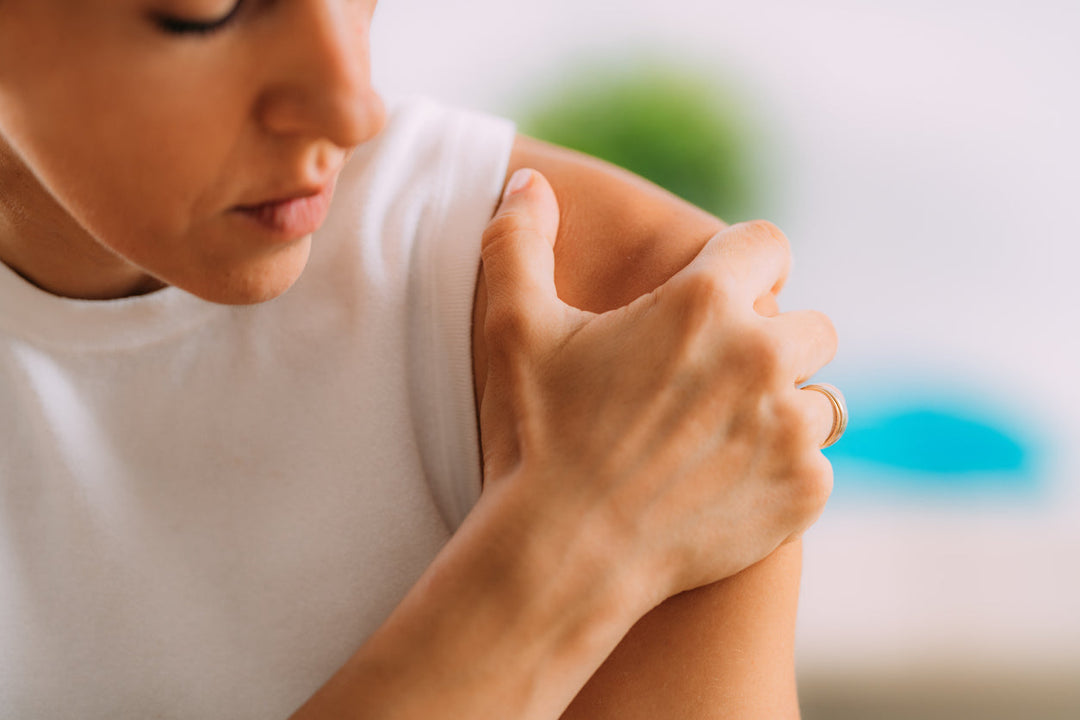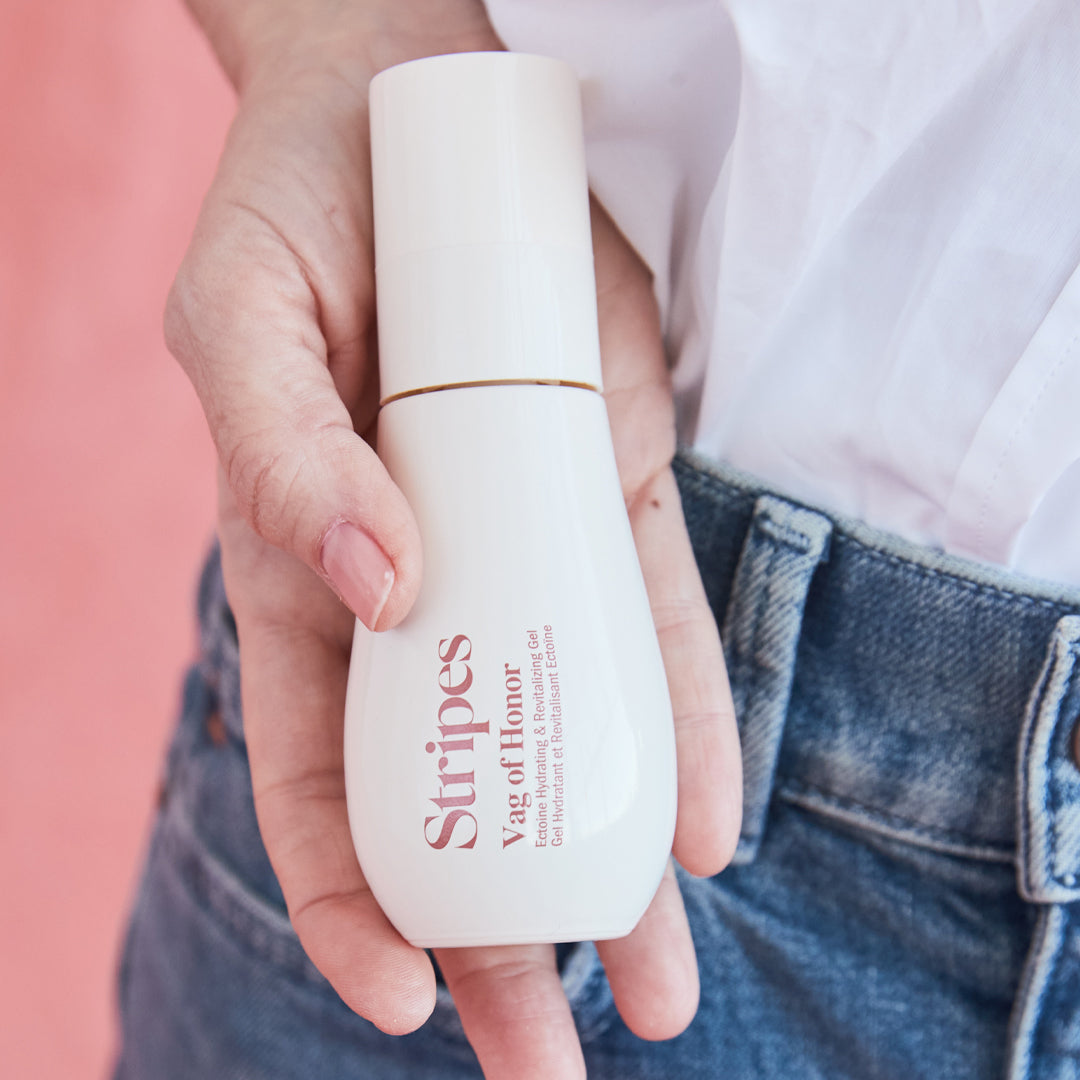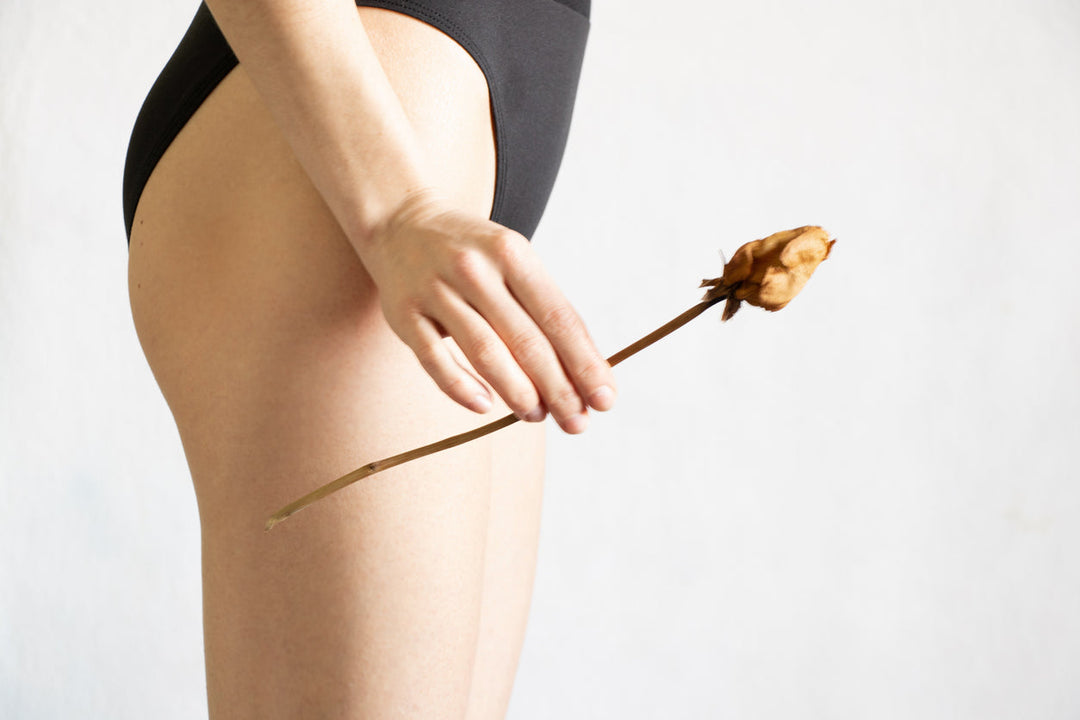Menopause and Joint Pain — Why Your Knees Hurt and What to Do
Menopause comes with plenty of surprises. Some are expected (hello, hot flashes), and others… less advertised. One of the sneakier ones is menopause joint pain.
If you’ve ever rolled out of bed, stretched, and thought, “was that my ankle or a bowl of Rice Krispies?”, you’re not alone. In fact, up to half of midlife women report arthralgia (that’s the fancy word for joint pain). And yes, it’s linked to menopause.
So why do achy knees, stiff shoulders, and creaky hips seem to move in when estrogen moves out? Let’s break it down with the help of Dr. Somi Javaid, a board-certified OB/GYN, menopause expert, and Stripes Advisory Board member, who explains exactly what’s going on — and how you can keep moving without the crunch.
Why joint pain rises in menopause
“Estrogen has anti-inflammatory and chondroprotective effects; its decline increases pro-inflammatory cytokines, sensitizes pain pathways, and accelerates cartilage wear,” says Dr. Somi.
Translation? Estrogen is like the joint fairy godmother. It keeps inflammation in check and cushions your cartilage. When levels drop during menopause, that protective buffer weakens, and suddenly your joints notice.
Other midlife factors pile on, too:
-
Sleep disruption (because hot flashes love 2 a.m.)
-
Body composition shifts (muscle mass goes down, weight distribution changes)
-
Common conditions like thyroid issues or low vitamin D
-
All of this can make pain signals louder, stiffness more stubborn, and recovery slower.
What is the musculoskeletal syndrome of menopause?
Orthopedic surgeon Vonda Wright, MD, even coined a term for this cluster of changes: the musculoskeletal syndrome of menopause (MSK). It includes:
-
Accelerated bone loss, which can lead to increased fracture risk.
-
Sarcopenia, which means loss of muscle mass and strength.
-
Joint and tendon health decline, a.k.a. more stiffness, more tendon injuries
-
Tendon issues like rotator cuff problems, tennis elbow, or Achilles tendon pain are more common in this stage. Morning stiffness also tends to rear its head (because nothing says “midlife” like hobbling to the coffee maker).
Frozen shoulder: a menopause special
One particularly pesky condition that shows up more often in women ages 40 to 60 is frozen shoulder (a.k.a. adhesive capsulitis). It starts with stiffness and pain, making it tough to raise your arm.
“Early diagnosis, guided physical therapy, NSAIDs, and — when appropriate — targeted injections can reduce pain and restore range of motion,” notes Dr. Somi. The key is catching it before your shoulder fully “freezes.”
How to protect your muscles, bones, and joints
The good news: there’s plenty you can do to support your musculoskeletal system in midlife. Think of it as a maintenance plan for your moving parts.
1. Strength as medicine
Lifting isn’t just for the gym bros. Resistance training two to three times a week helps preserve muscle and bone while keeping joints supported. Focus on:
-
Posterior chain (glutes, hamstrings, back)
-
Hip and knee stabilizers (because knees deserve a bodyguard)
-
Tendon-friendly loading like slow eccentrics, gradual progression, and yes, planned rest.
2. Make it weight-bearing
Walking, stair climbing, light jogging, or even dance breaks in your kitchen all help stimulate bone health. The more your skeleton feels useful, the stronger it stays.
3. Protein and recovery
Your muscles need building blocks, especially now. Aim for 1.0–1.2 g/kg of protein per day, spread across meals. Add creatine (3–5 g/day) if your clinician gives the thumbs up. And don’t underestimate sleep — it’s free recovery magic.
4. Don’t forget micronutrients
Vitamin D and calcium are non-negotiables for bone strength. Ask your clinician about a baseline DEXA scan (a bone density test) and follow-ups as needed.
5. Hormones: the personalized piece
For some women, menopausal hormone therapy (MHT/HRT) can help preserve bone density, maintain muscle, and ease joint stiffness. Dr. Somi emphasizes that this should always be individualized and discussed with your care team — but it’s worth knowing it’s on the table.
Lightening the load (and the mood)
Managing menopause and joint pain isn’t about resigning yourself to creaky knees forever. It’s about finding small, sustainable ways to keep moving, laughing, and living fully.
-
Try yoga or Pilates to stay limber.
-
Book that massage without guilt.
-
Keep shoes supportive (cute sneakers count).
-
And remember: soreness after a workout is different from pain that lingers — so listen to your body.
Yes, menopause can bring achy joints and slower recovery times. But with strength training, good nutrition, smart recovery, and the right medical support, your muscles and bones can absolutely thrive in this stage.
As Dr. Somi reminds us, menopause joint pain isn’t just “in your head” — it’s a real physiological shift. But it’s also manageable: “In this window, tendon disorders and stiffness are more common; recovery can be slower; and morning pain is frequent. But with early diagnosis and proactive care, most women can maintain mobility and quality of life.”
So the next time your knees sound like a percussion section, don’t panic. Pour some coffee, stretch it out, and remember: your body’s still got plenty of mileage left. It just might need a little extra maintenance along the way.
